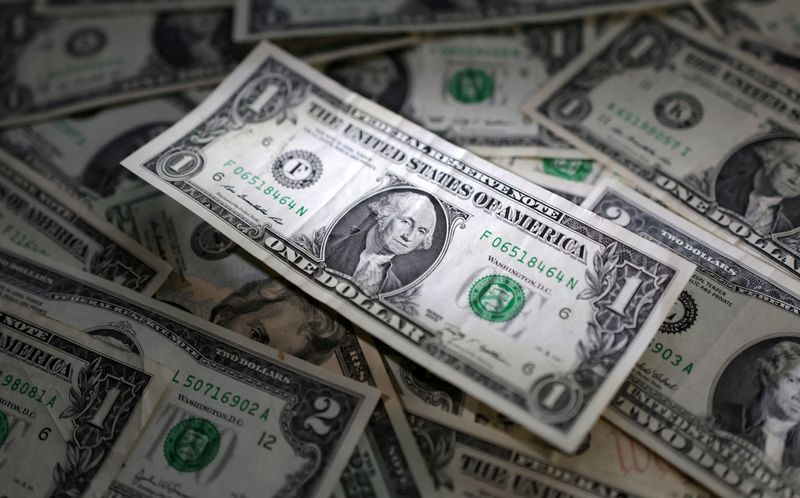By Karen Brettell
NEW YORK (Reuters) - Benchmark 10-year U.S. Treasury yields hit 16-year highs on Friday after data showed that employers added 336,000 jobs in September, well above the 170,000 that was expected by economists.
Data for August was also revised higher to show 227,000 U.S. jobs added instead of the previously reported 187,000.
Monthly wage growth remained moderate, with average hourly earnings rising 0.2% after a similar gain in August. In the 12 months through September, wages increased 4.2% after advancing 4.3% in August.
"The topline number was much hotter than expected but hourly wages are cooling off nicely," said Peter Cardillo, chief market economist at Spartan Capital Securities in New York. "This puts in question whether or not the Fed stays on hold."
Benchmark 10-year notes reached 4.887% and 30-year yields hit 5.053%, both the highest since 2007.
Two-year notes rose as high as 5.151%. They are holding below the 5.202% level hit on Sept. 21, which was the highest since July 2006.
“The immediate market reaction was a massive further jump in rates. What this does is continue to increase the fears that higher interest rates are going to slow the economy," said Gennadiy Goldberg, head of U.S. rates strategy at TD Securities in New York.
“It will be interesting to see how the Fed actually takes this," Goldberg added. "You've seen some of them suggest that you should start to see a slowing in hikes because the market is doing a lot of the tightening job for them."
Yields have surged in recent weeks as investors reprice for the likelihood that the U.S. central bank will hold rates higher for longer, and possibly continue to increase them if the labor market remains solid and inflation stays above its 2% annual target.
Fed funds future traders are pricing in a 31% chance of an interest rate hike in November, and a 44% probability by December, according to the CME Group's (NASDAQ:CME) FedWatch Tool.
The closely watched yield curve between two- and 10-year notes steepened to minus 25 basis points, the smallest inversion since October.
The yield curve typically steepens and turns positive following an inversion before a recession takes hold. However, historically this has been driven by short-term rates falling faster than longer-term ones as investors price in rate cuts.
In this instance the move is instead being driven my longer-dated yields rising faster than shorter-dated ones, which is making the move harder to interpret.
October 6 Friday 9:30AM New York / 1330 GMT
Price Current Net
Yield % Change
(bps)
Three-month bills 5.355 5.5148 0.013
Six-month bills 5.35 5.5861 0.029
Two-year note 99-209/256 5.0981 0.073
Three-year note 99-54/256 4.9161 0.093
Five-year note 99-64/256 4.796 0.113
Seven-year note 98-176/256 4.8489 0.123
10-year note 92-128/256 4.8409 0.125

20-year bond 89-208/256 5.2038 0.130
30-year bond 86-108/256 5.0058 0.119